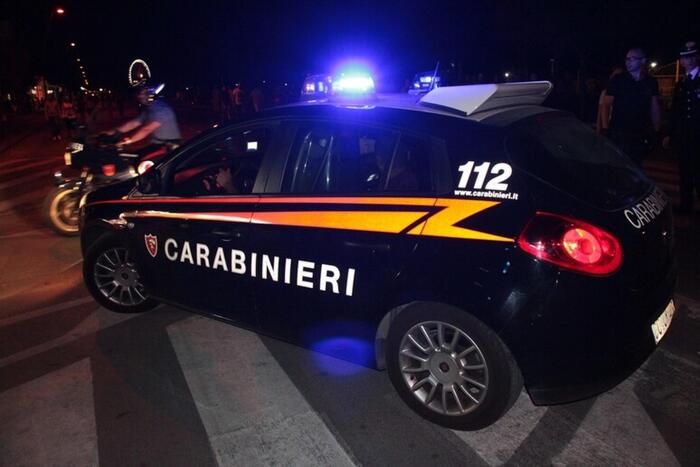In the market of Kupiansk-Uzlovi, in the north-western part of Kharkov, Olga Tereshenko's husband, Igor, found a boy who was organizing a caravan of cars to leave the city, then turned into a front line and subjected to battles. incessant clashes between the Russian forces that had occupied the area and the locals that were fighting to recapture it.
They left on September 25, each of those who were traveling had paid 6,000 grivnas (about 155 euros), there were 48 people, they were divided into seven cars.
In a first attempt the day before, near Kurilivka, some Russian soldiers who were next to an armored vehicle forced them to turn around;
this time, hiding behind some bushes, they let them pass.
Olga was with Igor and his five-year-old son Matvei in the back seat of the car that was opening the expedition.
In the front were the driver and an older woman.
They were suddenly surprised by a storm of bullets and grenades.
The man behind the wheel was covered in blood, the car caught fire, there was an explosion that threw Olga out.
She was the only survivor of that vehicle, 26 of the entire group died, including 13 minors.
"Only the skeleton remained of the grandmother," the woman explained to Luis de Vega, the special envoy of this newspaper who met her in the city of Kharkov.
“Some parts of the bodies remained from my family.
In the morgue they only showed me the chain that my husband wore around his neck.
She was the only survivor of that vehicle, 26 of the entire group died, including 13 minors.
"Only the skeleton remained of the grandmother," the woman explained to Luis de Vega, the special envoy of this newspaper who met her in the city of Kharkiv.
“Some parts of the bodies remained from my family.
In the morgue they only showed me the chain that my husband wore around his neck.
She was the only survivor of that vehicle, 26 of the entire group died, including 13 minors.
"Only the skeleton remained of the grandmother," the woman explained to Luis de Vega, the special envoy of this newspaper who met her in the city of Kharkov.
“Some parts of the bodies remained from my family.
In the morgue they only showed me the chain that my husband wore around his neck.
It is not always possible during a war to access in such a direct way - and so heartbreaking - the truth of what is happening in the vicinity of a front.
From a distance it is difficult to understand what is happening.
In the Prado Museum, on the second floor, room 080, there are four works by the Flemish painter Peter Snayers.
They are pictures of battles from the 17th century, from the Thirty Years' War between Catholics and Protestants, and also from the Eighty Years' War, which took place in Flanders and where the Spanish tercios faced the rebel forces of the Netherlands.
In each of these large pieces, Snayers tries to tell the war from two different perspectives.
At the bottom of each of these paintings you can see people, always lines of people, caravans, lines of people going from one place to another, with their worries, their things, some dogs appear around barking, totally oblivious to the drama that lives in the back.
It is there where Snayers paints the battle from above: the disposition of the troops that advance in order, the walled city, the rivers or lakes that protect it, the roads that lead to combat, the explosions, life or death.
The place where they are killing each other results in Snayers' works something abstract, distant, as if the wars were arranged in the laboratories of history and had a certain logic and sense.
The closest part, on the other hand, transmits noise and disorder, it is the place where you can put faces to everyday horror.
Life goes on, is what Snayers tells: there are soldiers going to the slaughterhouse or an infanta appears who goes to the front to encourage her brave men or there are simply people fleeing, even men and women who stop and comment.
Unfortunately, the devilish truth is in that hole that suddenly provokes an attack and that only leaves —as Olga Tereshenko knows— emptiness, pain and rage for so much nonsense.
Subscribe to continue reading
Read without limits
Keep reading
I'm already a subscriber













